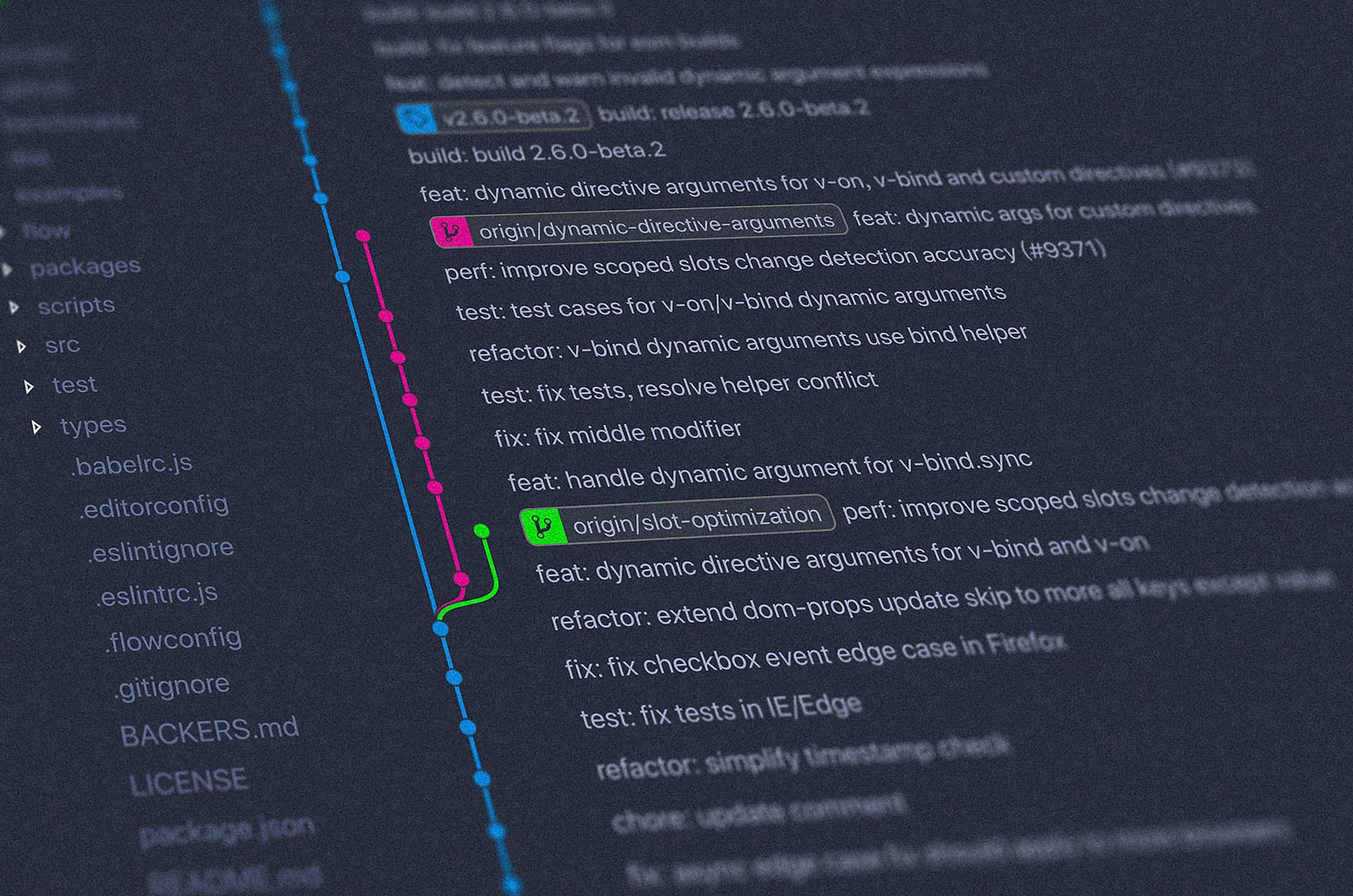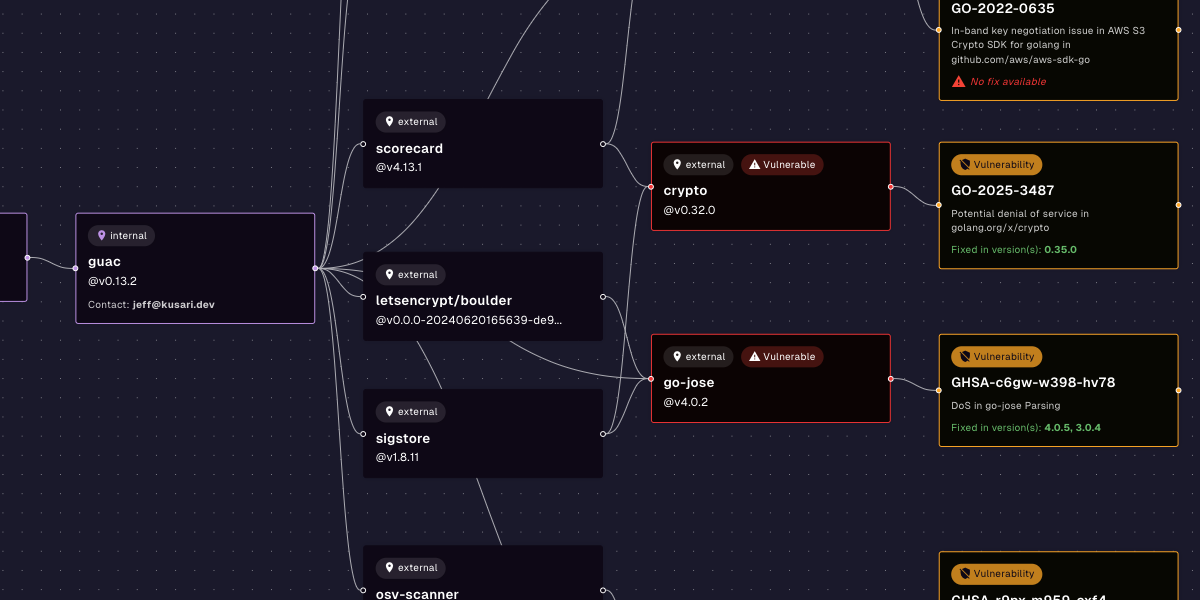GitHub Code Review Best Practices for Security-Critical Projects
Explore essential GitHub code security review strategies, specifically designed for projects where security cannot be compromised.
July 2, 2025

Implementing robust code security measures has become non-negotiable for development teams working on security-critical projects. As software supply chains face increasingly sophisticated attacks, organizations must adopt comprehensive code review practices that catch vulnerabilities before they reach production. This article explores essential GitHub code security review strategies specifically designed for projects where security cannot be compromised.
Understanding the importance of GitHub code security
GitHub hosts millions of repositories, making it both a collaborative haven and a potential attack surface. Security-critical projects — from financial systems to healthcare applications — require exceptional vigilance during code reviews. Modern threat actors don't just target running applications; they seek weaknesses in the development pipeline itself.
Code reviews serve as a critical defense mechanism, allowing teams to identify vulnerabilities, architectural flaws, and potential backdoors before they become part of the codebase. When properly executed, they act as a safety net that catches issues automated scanning might miss. While traditional reviews might prioritize functionality and style, security reviews demand specialized knowledge of attack vectors, secure coding patterns, and threat modeling.
Kusari Inspector automates many of the practices in this article on your behalf. Its powerful suite of security analysis tools, with AI analysis based on Kusari’s code security expertise, helps developers address security issues before they become incidents.
Essential GitHub code security review practices
Adopting these fundamental practices will strengthen your security posture during GitHub code reviews.
Establish clear security requirements
Before any code reaches the review stage, all developers should understand the security requirements for the project. This includes:
- Documented security standards specific to your technology stack
- Clear security acceptance criteria for each feature or component
- Known threat models relevant to the application domain
By establishing these requirements upfront, reviewers can evaluate code against consistent security standards rather than relying on personal judgment.
Implement a security-focused branching strategy
Your Git branching strategy directly impacts security review effectiveness. Implement:
- Protected branches that require specific approval workflows so that changes can’t be made directly to sensitive branches
- Approval policies requiring multiple reviewers for security-critical components
- Separate review processes for infrastructure-as-code and application code to ensure the right people and tooling review changes
These safeguards create additional layers of scrutiny for sensitive parts of your codebase, reducing the likelihood that vulnerabilities will slip through.
Leverage GitHub's security features
GitHub provides several built-in security features that should be central to your review process:
- Dependency scanning to identify vulnerable dependencies
- Code scanning with GitHub Advanced Security to detect common vulnerabilities
- Secret scanning to prevent credential leakage
- Security advisories to stay informed about newly discovered vulnerabilities
These automated tools complement human reviews by catching known vulnerability patterns and freeing reviewers to focus on more complex security concerns. Kusari Inspector provides these features, plus additional analysis and recommendations for addressing any issues that exist.
Implementing a multi-layer review process
Security-critical projects benefit from a multi-layered review approach that combines automated and manual techniques:
Automated pre-review checks
Before human review begins, enforce automated security checks through GitHub Actions:
- Static application security testing (SAST) to identify common vulnerabilities
- Software composition analysis (SCA) to check for vulnerable dependencies
- Linting rules specifically targeting security anti-patterns
- Unit tests verifying security controls function correctly
When these checks fail, the pull request should be automatically flagged for the developer to address before review begins. This prevents reviewers from wasting time on code that contains obvious security issues.
Standardized security checklist
Provide reviewers with a standardized security checklist tailored to your application type. Ideally, this will be a template that is automatically populated into pull requests. Include items such as:
- Input validation and output encoding
- Authentication and authorization checks
- Proper handling of sensitive data
- Race condition prevention
- Secure communication protocols
- Error handling that doesn't leak sensitive information
- Dependency review
Checklists ensure consistent reviews and help less experienced team members identify security concerns they might otherwise miss.
Dedicated security reviewer role
For particularly sensitive components, assign a dedicated security reviewer with specialized expertise. This person should have:
- Deep understanding of security vulnerabilities in your technology stack
- Experience with threat modeling and attack scenarios
- Knowledge of secure coding practices specific to your programming languages and frameworks
The security reviewer's approval should be required for merging changes to security-critical code paths. The security reviewer should also have sufficient capacity in their work day so that they don’t become a bottleneck for development.
Advanced GitHub code security review techniques
Beyond the basics, these advanced techniques further enhance GitHub code security reviews.
Contextual code review
Security vulnerabilities often exist not in individual lines of code but in how components interact. Effective security reviews must consider:
- End-to-end workflows rather than isolated functions
- Data flow analysis to track how user input moves through the system
- Integration points between components and external systems
Encourage reviewers to think like attackers, considering how code changes might introduce new attack vectors or weaken existing defenses. Automated integration tests can help discover issues in how components interact.
Risk-based review prioritization
Not all code carries the same security risk. Prioritize review efforts based on:
- Data sensitivity handled by the code
- Network exposure of the component
- Historical vulnerability patterns in similar code
- Complexity of the implementation
- Code execution context, prioritizing code that runs in the application over issues in test code
This approach ensures the most critical code receives the deepest scrutiny while maintaining reasonable review timelines.
Time-boxed reviews
Security reviews lose effectiveness when reviewers face fatigue. Implement practices that maintain review quality:
- Limit review sessions to 60-90 minutes
- Break large pull requests into smaller, focused changes
- Rotate reviewers to bring fresh perspectives
These constraints help maintain reviewer alertness and catch subtle security issues that might be missed during marathon review sessions.
GitHub security best practices for third-party dependencies
Modern applications rely heavily on third-party dependencies, which can introduce significant security risks. GitHub code security reviews should include rigorous assessment of these components.
Dependency review guidelines
When reviewing pull requests that introduce or modify dependencies:
- Verify the reputation and maintenance status of new dependencies
- Check for security vulnerabilities using GitHub's dependency graph
- Review permission requirements of the dependency
- Assess the scope of dependency use (is it properly isolated?)
Never treat dependency changes as routine updates — they represent potential entry points for supply chain attacks. Kusari Inspector doesn’t stop at your direct dependencies — it analyzes indirect dependencies to catch issues anywhere in your software supply chain. Learn more in this tech talk.
Lockfile verification
Package lockfiles (like package-lock.json or Gemfile.lock) deserve special attention during security reviews:
- Verify that lockfile changes match declared dependency updates
- Check for unexpected sub-dependency changes
- Look for version pinning that might bypass security updates
Subtle changes in lockfiles could indicate dependency confusion attacks or other supply chain compromises.
Dependency minimization strategy
Review pull requests with an eye toward dependency minimization:
- Question whether new dependencies are truly necessary
- Encourage use of standard libraries over third-party packages when appropriate
- Favor dependencies with minimal sub-dependencies
Each additional dependency expands your attack surface, so careful curation is essential for GitHub code security.
Improving security review culture and skills
Technical practices alone won't secure your code. Building a strong security review culture is equally important.
Security knowledge sharing
Foster continuous security education within your team:
- Conduct regular security workshops focused on common vulnerabilities
- Share post-mortems of security issues found during reviews
- Create an accessible knowledge base of security patterns and anti-patterns
When everyone understands security principles, reviews become more effective and developers write more secure code initially.
Blameless security culture
Create an environment where security findings are viewed as opportunities for improvement:
- Celebrate thorough reviews that identify security issues
- Frame security feedback constructively, focusing on the code, not the author
- Acknowledge that even experienced developers can introduce vulnerabilities
A blame-free approach encourages transparency and willingness to address security concerns without defensiveness.
Measuring review effectiveness
Implement metrics to gauge the effectiveness of your GitHub code security reviews:
- Track vulnerabilities found during reviews versus those discovered in production
- Monitor review coverage of security-critical code paths
- Measure time-to-remediation for identified security issues
These metrics help identify gaps in your review process and demonstrate the value of security investments.
Automating security reviews with GitHub Actions
While human reviews are irreplaceable for complex security analysis, automation can significantly enhance efficiency and consistency.
Custom security workflows
Create GitHub Actions workflows that perform specialized security checks:
- Automated scanning for hardcoded secrets and credentials
- Validation of security headers and configurations
- Checking for insecure API usage patterns
- Verification of proper permission settings
These custom checks can address security concerns specific to your application that generic tools might miss.
Security review templates
Use GitHub issue and pull request templates to standardize security reviews:
- Include security-focused sections in PR templates
- Provide guided questions for reviewers to consider
- Link to relevant security documentation and guidelines
Templates ensure consistent coverage of security concerns across all reviews, regardless of reviewer experience.
Automated compliance verification
For projects subject to regulatory requirements, implement automated compliance checks:
- Verify that code changes maintain required security controls
- Enforce documentation of security considerations for audit purposes
- Generate compliance artifacts automatically during the review process
Automation of compliance aspects frees reviewers to focus on nuanced security considerations that require human judgment.
Handling security vulnerabilities discovered during review
When security issues are identified during GitHub code reviews, having a clear remediation process is essential.
Vulnerability classification
Implement a standard classification system for security findings:
- Severity rating based on potential impact and exploitability
- Categorization according to vulnerability type (e.g., OWASP Top 10 category)
- Assessment of affected components and potential blast radius
Classification helps prioritize fixes and ensures appropriate attention to the most critical issues.
Secure remediation patterns
Provide developers with approved remediation patterns for common vulnerabilities:
- Documented secure alternatives to vulnerable coding patterns
- Code examples showing correct implementation of security controls
- Links to security libraries and utilities recommended for your stack
These resources accelerate the fix process and prevent introduction of new vulnerabilities during remediation.
Verification of security fixes
Security fixes deserve special review attention:
- Require targeted testing that confirms the vulnerability is resolved
- Verify that fixes address the root cause, not just symptoms
- Check for unintended consequences of security changes
Thorough verification prevents the "fix one vulnerability, introduce another" pattern that's common in hasty security remediation. Maintaining strong GitHub code security requires constant vigilance and systematic review processes. By implementing the practices outlined in this article, development teams can significantly reduce the risk of security vulnerabilities in their critical applications.
Take your GitHub security to the next level
Kusari helps security-conscious development teams automate and enhance their GitHub security practices. Kusari Inspector monitors your repositories for security issues, validates your supply chain integrity, and integrates seamlessly with your existing GitHub workflows. Experience how Kusari Inspector can strengthen your security posture without slowing down development by installing it on your GitHub repositories for free.
Previous
No older posts
Next
No newer posts



















.webp)









.webp)






















.png)
.png)




.png)
.png)
.png)
.png)
.png)
.png)
.png)



.png)









.jpg)





































